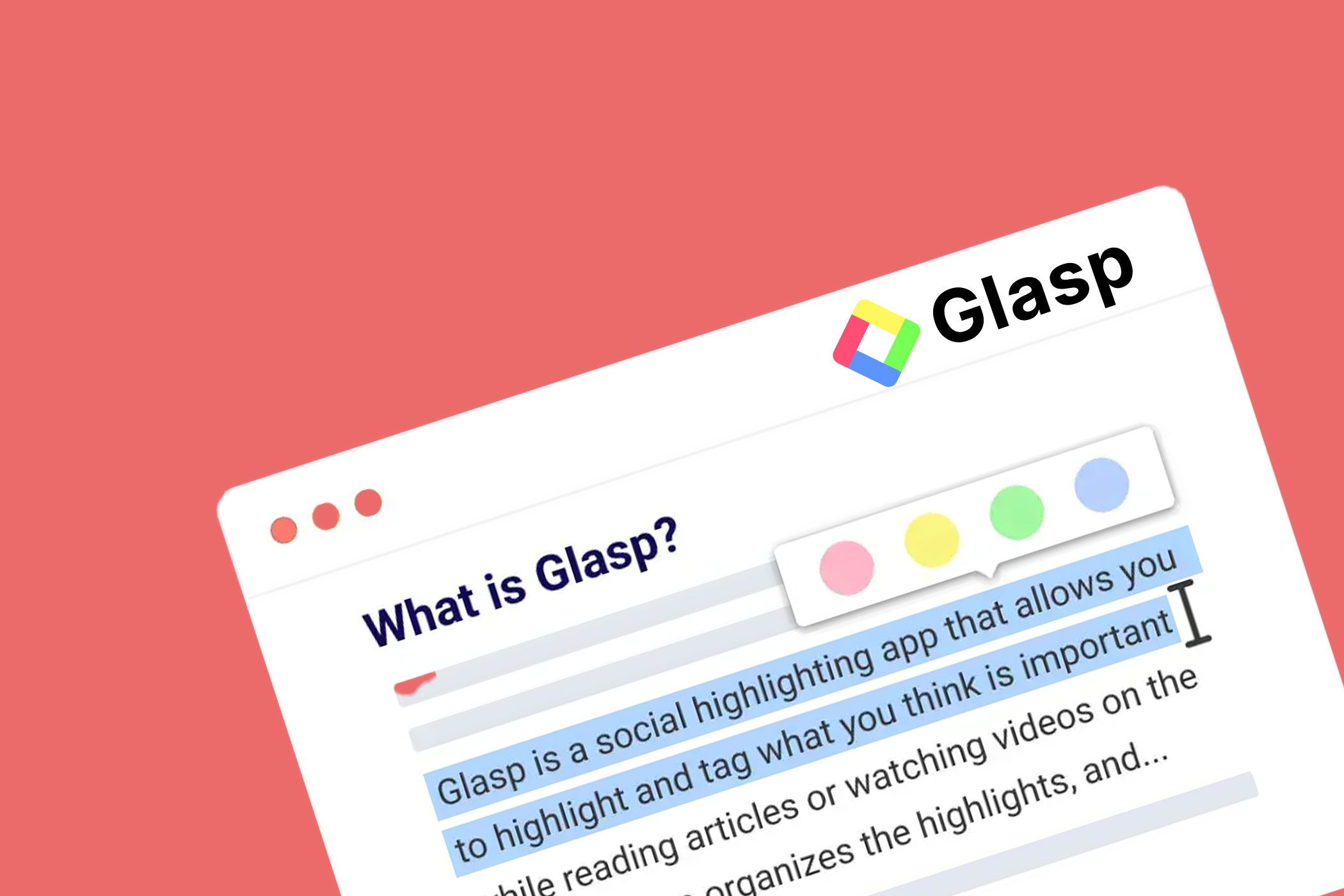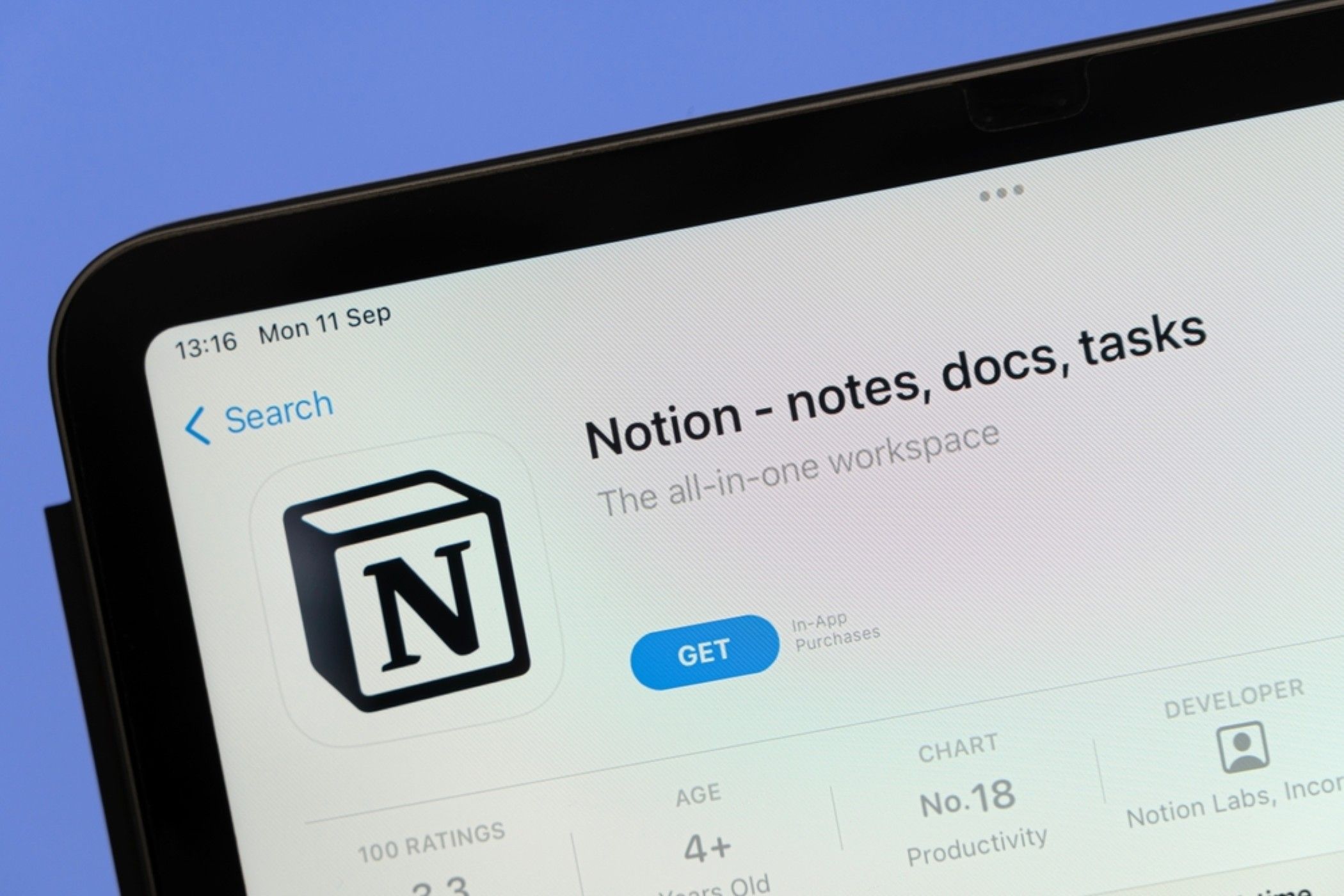For me, browser bookmarks and scattered notes rarely capture the exact snippets that matter most. That’s where Glasp, a free Chrome extension, comes in. It turns your browser into a digital highlighter (and more). After using it in my writing workflow, I found it especially useful for capturing ideas on the fly.
How Glasp Lets You Save Highlights From Anywhere
Installing Glasp is straightforward. After adding the extension from the Chrome Web Store, you create a free account with Google or Apple. Once you add the extension, highlighting works just like in a Kindle or a PDF app.
The simplicity is nice. No clutter, no complex setup. Within minutes, I was clipping useful quotes from long-form articles, PDF papers, and web versions of eBooks and storing them in one place. The community behind the app refers to this verb as “glasped.”
Select any text on a webpage, and Glasp gives you color-coded options—yellow, pink, green, or blue. Each highlight is instantly saved to your Glasp profile, which acts like a public (free users) or private notebook (needs a subscription) of everything you’ve marked. I started using yellow for facts, blue for quotes, pink for personal inspiration, and green for miscellaneous/undecided stuff. This visual coding made my library far more scannable than a wall of plain bookmarks.
Glasp automatically creates a page for every article I highlight. Each quote links back to the specific source and location. This is critical to revisit the context or cite a webpage without hunting through bookmarks. A sidebar on the right holds your thoughts on an Atomic Note. You can export your highlights in several formats, from text files to copy-paste snippets, bringing them into your notes, research papers, or reading journals. I manage all my tasks on Notion, so the ease of it should help.
For longer documents and online PDFs, Glasp asks you to upload the local files. Then, highlight as you normally would, and everything syncs to your Glasp dashboard. I don’t have to juggle multiple apps to keep my research organized.
I don’t usually bring an entire eBook into Glasp. Instead, I import my carefully curated Kindle highlights and try to connect them to other highlights. Tags on Glasp are one way to connect your thoughts. Also, all highlights are searchable from the My Highlights page. As every user has a public page, I also search there for more resources.
Glasp is a social highlighter. In the free account, all highlights are public. With Glasp’s built-in social feed and unlimited highlights, reading what others are clipping and commenting on can add perspective to your web wanderings. Sometimes, I have fallen into this rabbit hole while trawling for ideas. Maybe you can start a common knowledge management system with others who want to stay in sync.
I have found Glasp handy for extracting wisdom from newsletters. While it doesn’t work with Gmail, I can open the original newsletter page and highlight from there. Also, Glasp works perfectly on Reddit.
The Standout Features Of Glasp
Glasp stands out in a crowded field of highlighters because of its feature set and support for all browsers. Here’s where the extension shines, even in the free version:
- Fast and Colorful Highlighting: You can highlight with just a flick of your mouse. The visual color palette is simple, letting you set your color-coding system for types of quotes or topics.
- Automatic Citation and Organization: Glasp automatically records the page title, link, and highlight date for each snippet. Every highlight stays anchored to its page, and finding it later is always quick.
- Curated Dashboard: All highlights land in a personal dashboard online, sorted by source and time. The search bar and tag system mean you won’t lose any quote, no matter how much you highlight.
- One-Click Sharing: If you find something worth discussing, you can share individual highlights—or whole collections—by link or through Glasp’s community. This helps crowdsource good material or simply show a friend what you’re reading.
- Note-Taking Built-In: Instead of just marking text, you can also add notes (Atomic Notes) to any highlight. This lets you jot down why a passage matters, where to use it later, or related thoughts you don’t want to forget.
- PDF Support: Not every web highlighter works well with PDFs. Glasp’s PDF integration lets you keep all your notes, clippings, and highlights in one place.
- AI Features: Free features include AI-generated summaries of web pages, PDFs, and YouTube videos, and the ability to chat with your highlights and notes for quick insights. You can also highlight YouTube videos with timestamps and use auto-tag suggestions for better organization. Advanced AI features like building a personalized AI clone are part of Glasp’s paid or freemium plans. The Hatch AI-powered feature allows you to select multiple highlights or notes and combine them into something new is neat for surfacing ideas.
If you bounce between large research projects, daily articles, and casual reading, there are enough options to work with. With the demise of Pocket, Glasp is more feature-rich than alternative read-it-later apps for knowledge management.
Download: Glasp for Chrome | Safari | Edge | Brave | Opera | iOS | Android (Free, subscription available)
Where the Glasp Free Extension Falls Short
The free version limits you to a few highlight colors and sometimes caps how many quotes you can save each month. Advanced export formats, integration with note-taking apps, and some organizational features require a paid plan. Glasp only works with web-based articles and uploaded PDFs, so it won’t capture highlights from offline documents or eBook apps directly. If you mainly highlight web content and don’t need heavy customization, these limitations are easy to work around.
Despite the limitations of the free plan versus the paid subscription, Glasp remains one of the best free highlighters for anyone who reads or researches online. It’s fast, easy, and packed with just enough features to make collecting quotes and ideas a daily routine.














